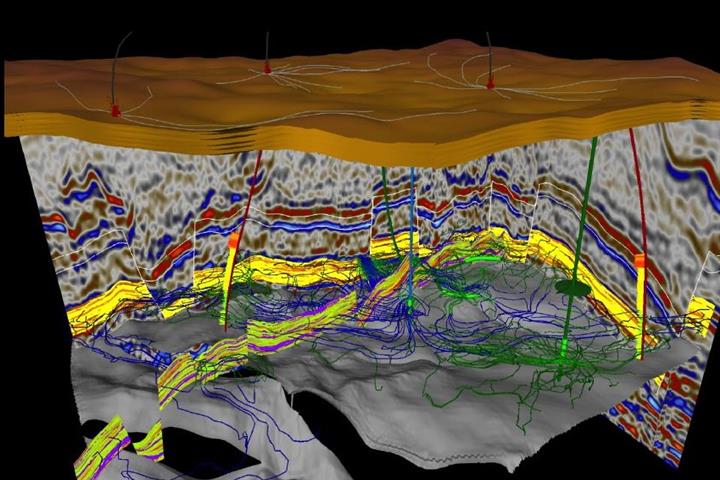Getting to know Petrel:
Participants will look at the information and processes that are used in the construction of a Petrel reservoir model. They learn to use the tools provided within Petrel to examine and assess an existing petrel/eclipse model.
In the following days the participants will learn to build their own advanced models within Petrel building on the foundations of this first day.
Importing data and the fundamentals of grid construction:
Participants will import seismic and well data, extract the data relevant to the reservoir, construct a fault model and produce a pillar grid.
Building a static model:
Participants will create a high resolution grid and generate a geostatistical model that is consistent with the available relevant data. Participants will calculate the key volumes associated with the reservoir and make an initial uncertainty assessment.
Building a dynamic model:
Participants will upscale the static model data on to a dynamic model grid, add wells, a production strategy and submit the results to eclipse and view the results.
Optimization and uncertainty:
Participants will learn to construct Petrel workflows which allow the activities of the previous three days to be automated. They will then use the workflows as part of advanced optimization and uncertainty workflows and analysis.






comments (0)